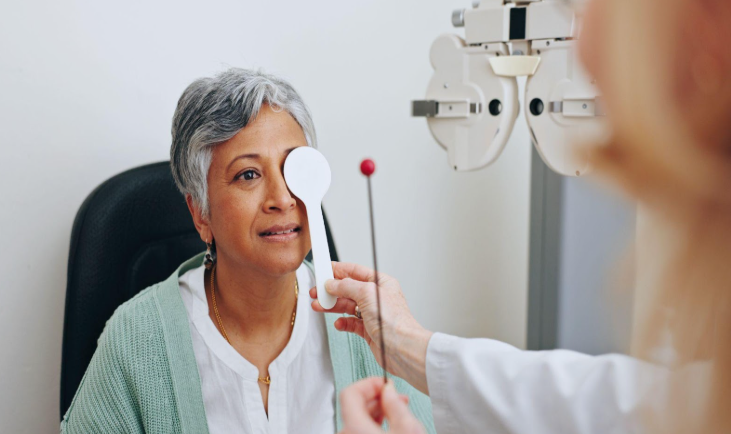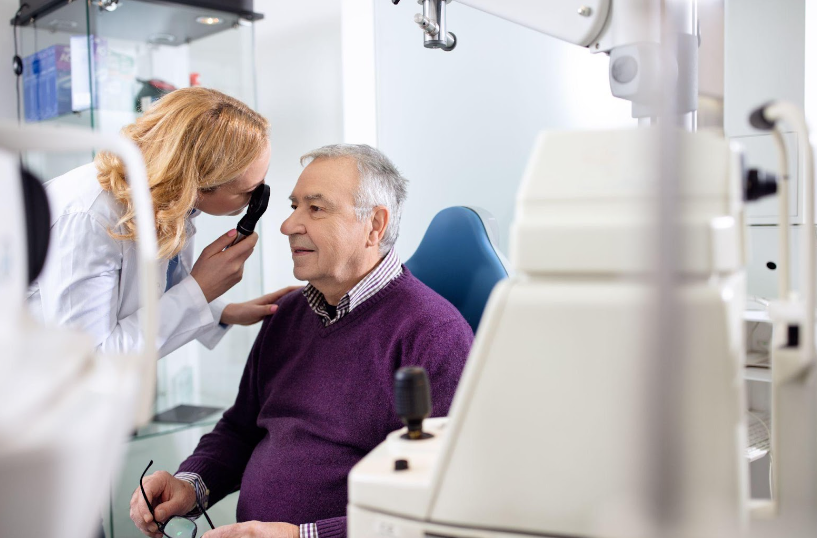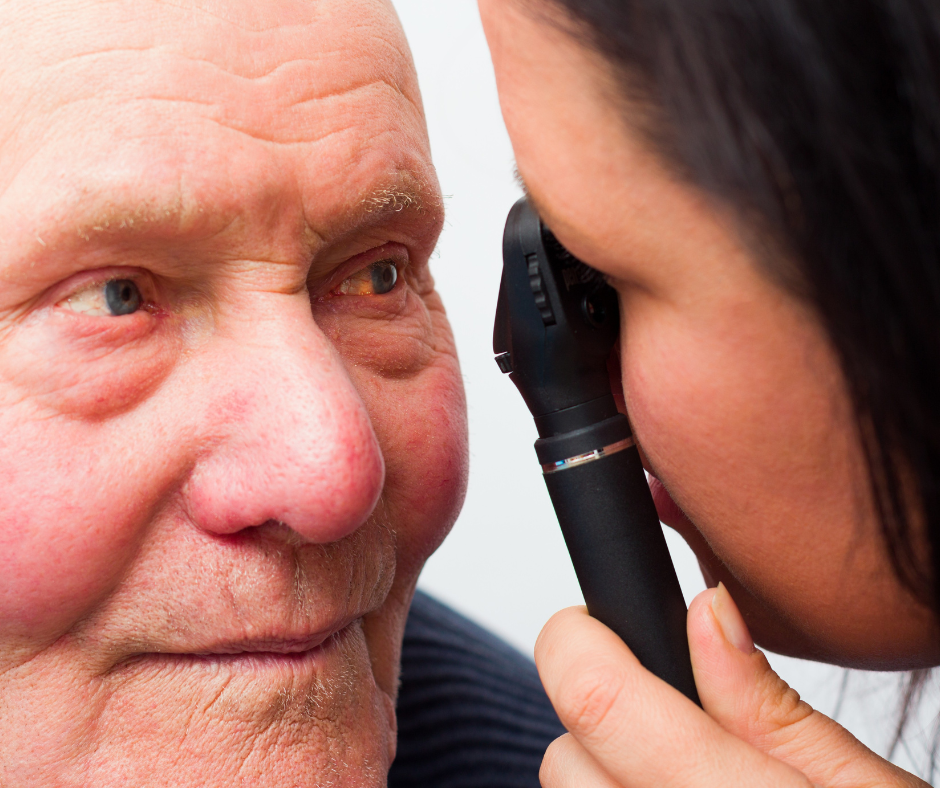What is a blepharoplasty?
Blepharoplasty is a procedure that removes baggy skin around your eyes to help create a more youthful appearance. As we age, excess skin develops that causes sagging eyebrows and pronounced bags. The purpose of this procedure is to improve your peripheral vision and other parts within your visual perimeter. Through this procedure, your upper and lower eyelids will experience less sagging and folding.
Risks can include:
- Infection and bleeding
- Dry eyes
- Significant scarring
- Eye muscle damage
- Potential loss of eyesight or blurry vision
- Having to follow-up once procedure is complete
- Hard time closing your eyes
Am I good candidate for eyelid surgery?
You must meet with an ophthalmologist who will discuss:
- Your medical history: You may need to answer questions regarding prior surgeries, past or present conditions relating to dry eyes, glaucoma, diabetes etc, and how often you do drugs, drink alcohol, or take vitamins.
- Your goals: Speaking about what you expect from the procedure will set the tone for a positive outcome. The doctor will let you know if the surgery is the best option for you.
It is necessary to have a physical exam to help determine your candidacy. This may include:
- Complete eye exam: They will examine tear production and measure portions of your eye.
- Visual field testing: To see if you have blind spots affecting your peripheral vision.
- Eyelid photography: Pictures will be taken from certain angles to properly prepare for the surgery. If the procedure is performed for medical reasons, this may support an insurance claim.
Medicines such as warfarin, aspirin, ibuprofen, and naproxen sodium are not allowed to be taken since you can become prone to extreme bleeding. Your surgeon will advise you on the medicines you can take. Additionally, you must refrain from smoking weeks before the procedure. Not doing so may result in delaying your healing time frame.
Surgery expectations and the aftermath
The procedure is normally performed in an outpatient setting. Injections will be placed in your eyelids to numb them and drugs from an IV will be given to put you in a relaxed state. Once the surgery commences, the surgeon will cut into the fold of your upper eyelid and remove excess skin and muscle. Afterwards the cut is closed. In the lower eye lid the surgeon cuts below your lashes and removes fat and skin. Then the cut is closed. If your upper eyelid happens to droop more than normal, a procedure called ptosis may take place. It is performed to add a lift and remove unwanted skin. In the post-op stage you are placed in a recovery room where staff check on you to see whether you are experiencing any complications.
Negative reactions that may result include:
- Blurry vision resulting from ointment you apply on your eyes
- Watering eyes
- Puffy eyelids
- Swelling leading to black eyes
- Pain
- Blurry vision
- Sensitivity to light
Additionally, if you have glaucoma, retinal detachment, or dry eye this can lead to disrupting the recovery period.
To help make the recovery process more bearable you should:
- Use ice packs every hour for 10 minutes the night after. The following day use them for 4-5 times during the day.
- Use doctor recommended ointments and eye drops
- Use dark sunglasses to prevent the sun and wind from damaging the healing process
- Sleep with your head higher than your chest throughout the week
Think you may be a candidate for eyelid surgery? Contact our office and request an appointment at one of our locations. Call 516-785-3900 (Wantagh office) or 516-541-4141 (Massapequa office) to schedule an appointment. Our ophthalmologists will talk with you about the risks and benefits of this procedure.











